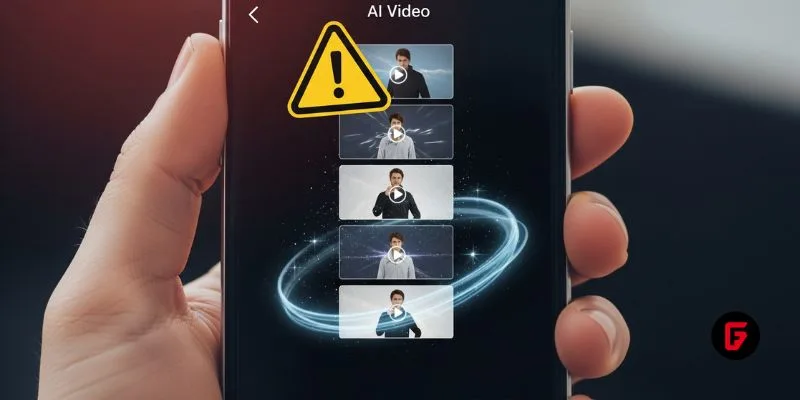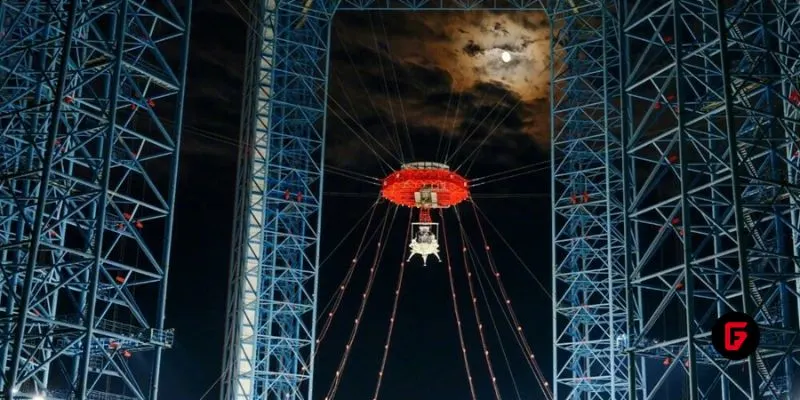By futureTEKnow | Editorial Team
Imagine a world where surgeons can see through blood during an operation—where the “invisible” becomes visible, and critical tissue is never obscured by bleeding. That’s the promise behind HemoLucence, the latest innovation from Ocutrx Technologies, and it’s poised to set a new standard for surgical visualization.
HemoLucence is a real-time 3D visualization tool developed by Ocutrx’s Genius Labs. Its claim to fame: the ability to render blood virtually transparent during surgery. This is achieved through a combination of RT3D (real-time 3D) digital volumetric reconstruction and advanced de-scattering algorithms. By analyzing how light interacts with blood and tissue, the system reconstructs detailed 3D images of what lies beneath, even when those structures would normally be hidden by blood.
Advanced Algorithms: HemoLucence collects images from multiple angles, distinguishing between light absorbed by blood and light scattered by red blood cells.
3D Rendering: The technology reconstructs tissue structure and texture in three dimensions, providing surgeons with a clear, detailed view—even in the midst of bleeding.
Surgical Integration: The system is paired with the OR-Bot 3D Surgical Microscope, which is heading into clinical trials in 2025 or 2026.
Bleeding is a constant challenge in surgery, often obscuring the very tissues surgeons need to see. Traditional visualization tools can’t always keep up, especially in complex or high-stakes procedures. HemoLucence aims to change that dynamic:
“The ability to render blood ‘transparent’ now makes the unseen, in the heat of surgical battle, seen, creating another layer of safety and confidence for surgeons that traditional visual aids can’t provide,”
says Dr. Leonel Hunt, Ocutrx Medical Advisor and attending surgeon at Cedars-Sinai
Neurosurgeon Dr. Robert Louis adds that this breakthrough “helps overcome those challenges and is a significant step forward in making surgery safer and more efficient”
At its core, HemoLucence leverages mathematics and physics to analyze light’s behavior through blood-filled areas. This approach isn’t just theoretical; Ocutrx reports visualization accuracy down to about three millimeters—a level of detail that could make a real difference in the operating room.
Ocutrx isn’t stopping at medicine. The company’s recent acquisition of Spectrum Advanced Manufacturing Technologies signals ambitions across aerospace, spaceflight, and defense. With 42 issued patents and more than 50 in the pipeline, Ocutrx is clearly betting big on RT3D visualization as a transformative technology.
While HemoLucence is still awaiting clinical trials, its potential is hard to ignore. Real-time 3D visualization has already shown clear benefits in surgical planning and intraoperative decision-making, improving confidence and outcomes for surgeons. If HemoLucence delivers on its promise, it could become a must-have tool in operating rooms worldwide.
The ability to “see through blood” during surgery isn’t science fiction anymore. With HemoLucence, Ocutrx is pushing the boundaries of what’s possible in surgical visualization—offering a glimpse into a future where no detail is ever out of sight
Founded in 2018, futureTEKnow is a global database dedicated to capturing the world’s most innovative companies utilizing emerging technologies across five key sectors: Artificial Intelligence (AI), immersive technologies (MR, AR, VR), blockchain, robotics, and the space industry. Initially launched as a social media platform to share technology news, futureTEKnow quickly evolved into a comprehensive resource hub, spotlighting the latest advancements and groundbreaking startups shaping the future of tech.

Bridgit Mendler’s Northwood Space is pioneering mass-produced ground stations, enabling scalable, high-speed connectivity for the new era of satellite networks and megaconstellations.

SpaceX aims to nearly double launches from Vandenberg in 2025, facing support from federal agencies but strong objections from the state and local communities.

Traditional Medicare will pilot AI-assisted prior authorization in 2026 across six states, focusing on high-risk outpatient services. Clinicians retain final say, but incentives and access concerns loom as CMS tests fraud reduction and “gold card” exemptions. Here’s what providers and patients should know.

OpenArt’s new “one-click story” compresses scripting, visuals, and edits into ready-to-post short videos—fueling viral growth and a fresh IP debate. We break down how it works, adoption signals, what’s next (multi-character, mobile), and practical guardrails creators and brands should follow to stay original and compliant.

OpenAI’s o3 swept the Kaggle AI chess tournament, defeating xAI’s Grok 4–0. The victory fueled the intense rivalry between Altman and Musk, reshaping AI benchmarks.

NASA and Google’s AI-powered Crew Medical Officer Digital Assistant enables autonomous diagnoses for astronauts on Mars missions, redefining remote healthcare for space and Earth.

Pinterest’s CEO confirms that fully agentic AI shopping is years away, as the platform invests in AI-powered tools to enhance discovery, inspiration, and personalized shopping experiences for millions.

Shopify’s new AI shopping tools are transforming e-commerce, letting agents and chatbots deliver smooth, personalized shopping and checkout experiences across platforms. Learn how these innovations reshape online retail.

Meta has acquired WaveForms AI, a startup pioneering emotion-detecting voice technology. Learn what this means for Meta’s AI voice ambitions and the future of AI audio.

Tracelight is revolutionizing financial modelling for finance professionals with AI-powered Excel tools that automate complex tasks, reduce errors, and unlock new analysis capabilities. Learn how this next-gen solution changes the future of spreadsheets.

China’s Lanyue lander completed its first major test, showcasing advanced engineering for safe, crewed moon landings before 2030. Explore how this milestone shapes the space race.

Microsoft rolls out GPT-5 across its Copilot suite, integrating smarter AI for enterprise and personal users. Discover new features, free access, and what sets this launch apart.
To provide the best experiences, we use technologies like cookies to store and/or access device information. Consenting to these technologies will allow us to process data such as browsing behavior or unique IDs on this site. Thanks for visiting futureTEKnow.